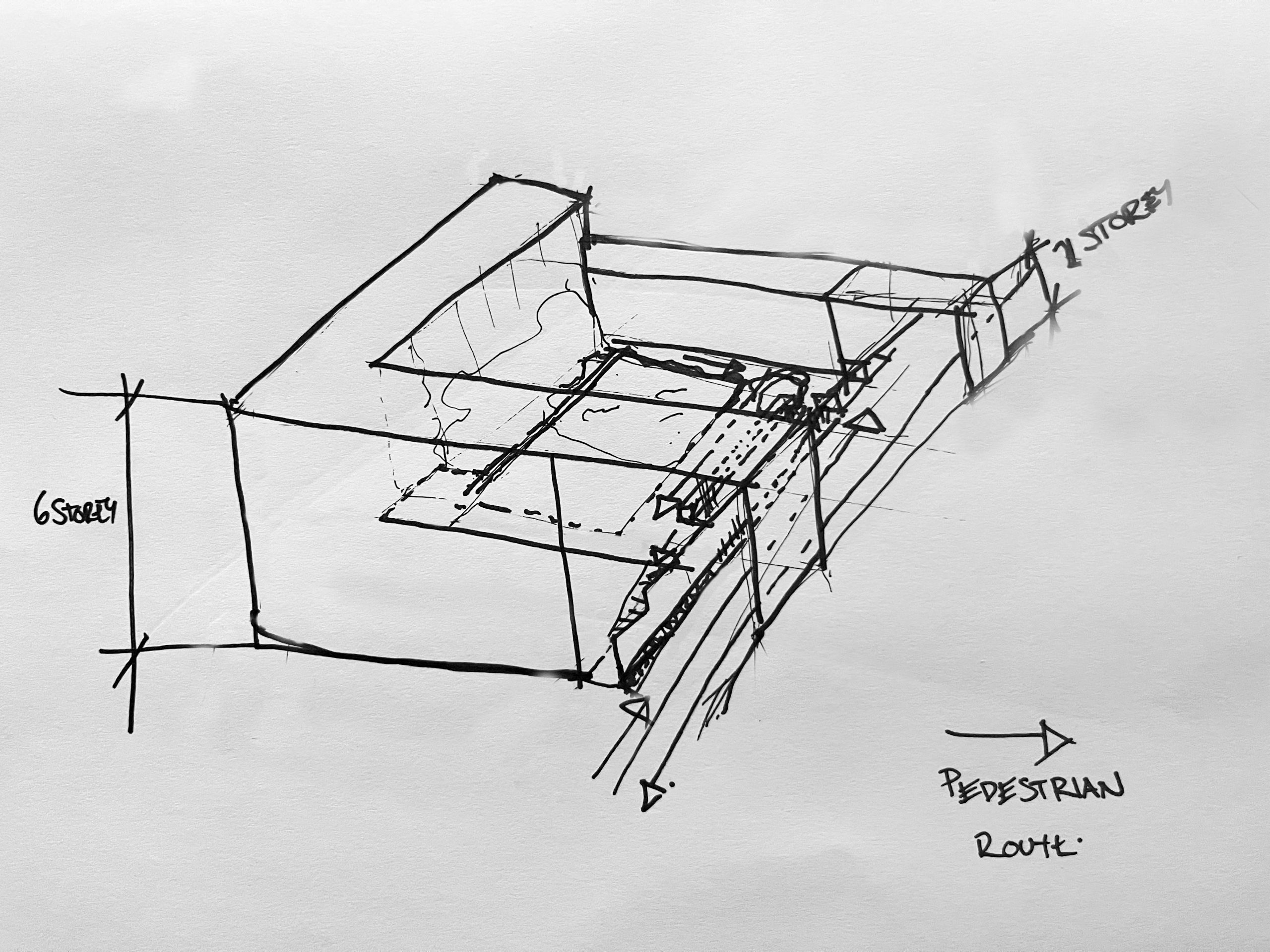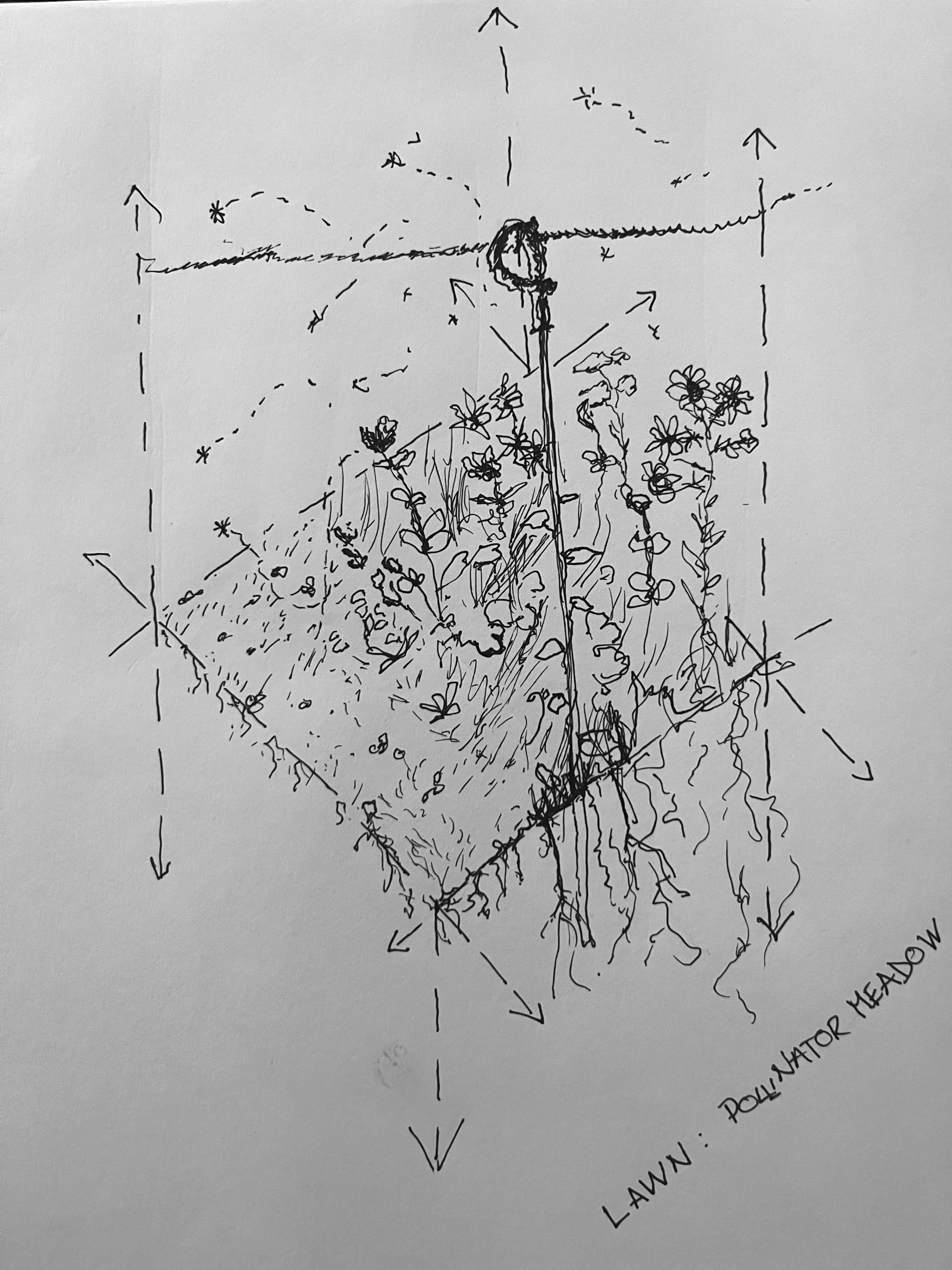I found this incredible snakefruit, or Salak, or Salacca zalacca. Native to java, this fruit had an incredibly spikey texture that made look as if it was floating. The spikiness seemed to enhance the distinct muskiness of the fruit’s smell was: musky, sweet, floral, pungent, sacherine, umami with a finish of banana, cinnemon, rose, leather and persimmon.
The outside was hollow, spikey, brittle. The inside of the husk was slimey, oily, fibrous and sticky.

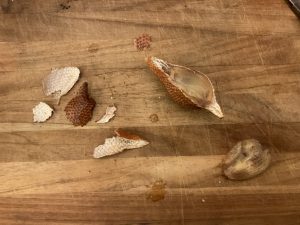
In order to understand the spikiness of the shell, I decided to look at it under a botany microscope


The outside spikes have a mid-ridge that creates a kind of tinny-feeling structure to the spikes.

The inside of the shell was layers of waxy, fibrous material.
I drank a cup of green tea and tried to describe the spatial relationship between the taste and smell of the tea as it cooled using the cube method.
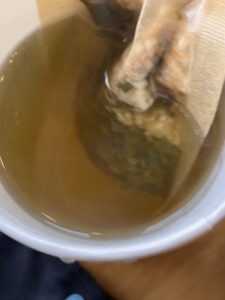
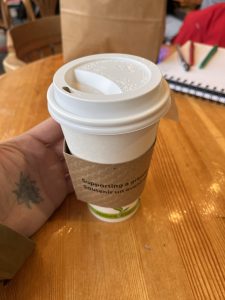

I tried to eat a delicious almond croissant (and somehow got so hungry that I forgot to photograph it). This resulted in a drawing to describe how the softness of the bread bridged the crunchiness of the almond and the stickiness of the marzipan.
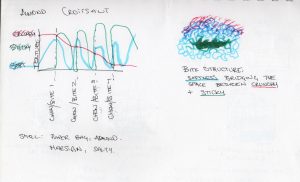
Finally I tried three weird and not so delicious macrons. One was bacon, one was fig balsamic, and the final was pear passion fruit and elder flower. I would describe all three as gross, and perhaps the least interesting of the experiments i did into taste. Over-all i found the texture across all three identical (of course) and the flavor overpowering. It was also the last of my investigations, and likely I was too tuned in to the details of my tastebuds for such a candy-like cookie!
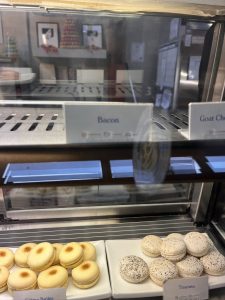
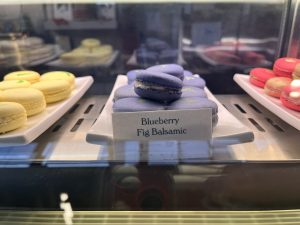


I started designing for the taste of coffee…
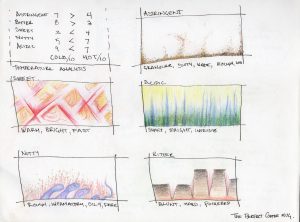
But I didn’t like the way that the taste analysis visualized. it didn’t really invoke any formal design, so a srated again, with what was once my favourite indulgent drink: Diet Orange Crush.
I used to love this stuff, until I got a horrible stomach virus. Now i can barely handle it. The taste of aspartame when this stuff comes up has scarred me for life. So I tried to design a vessel that would allow for minimal traumatic barf memory.

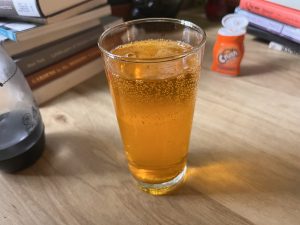

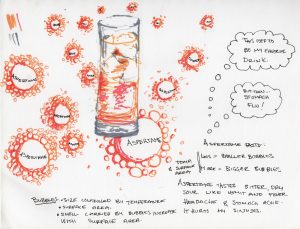
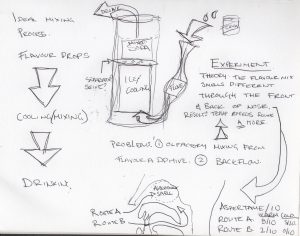
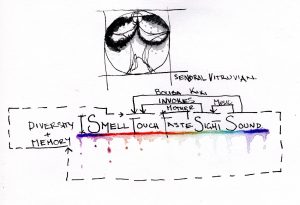
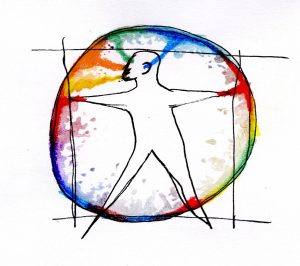
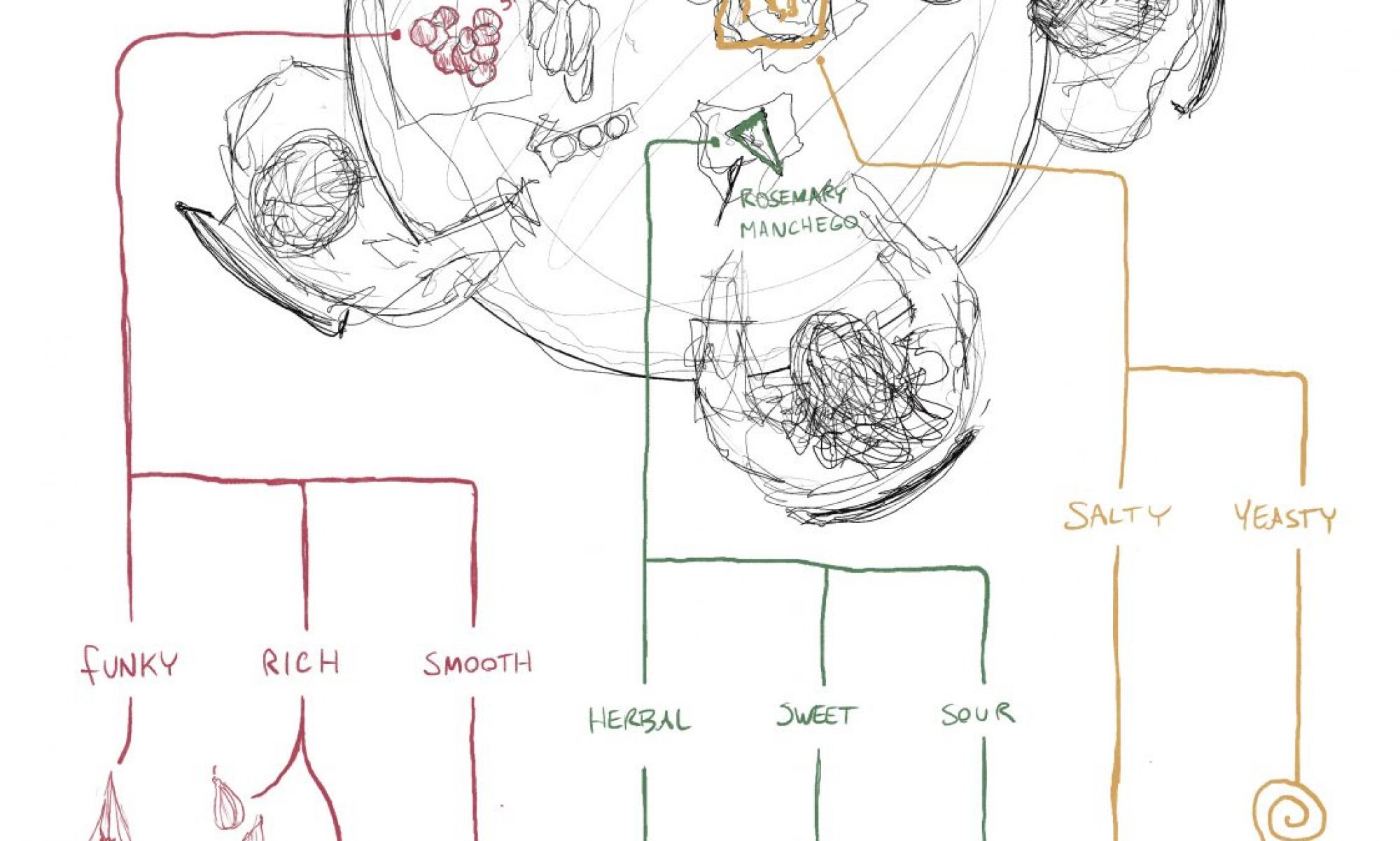


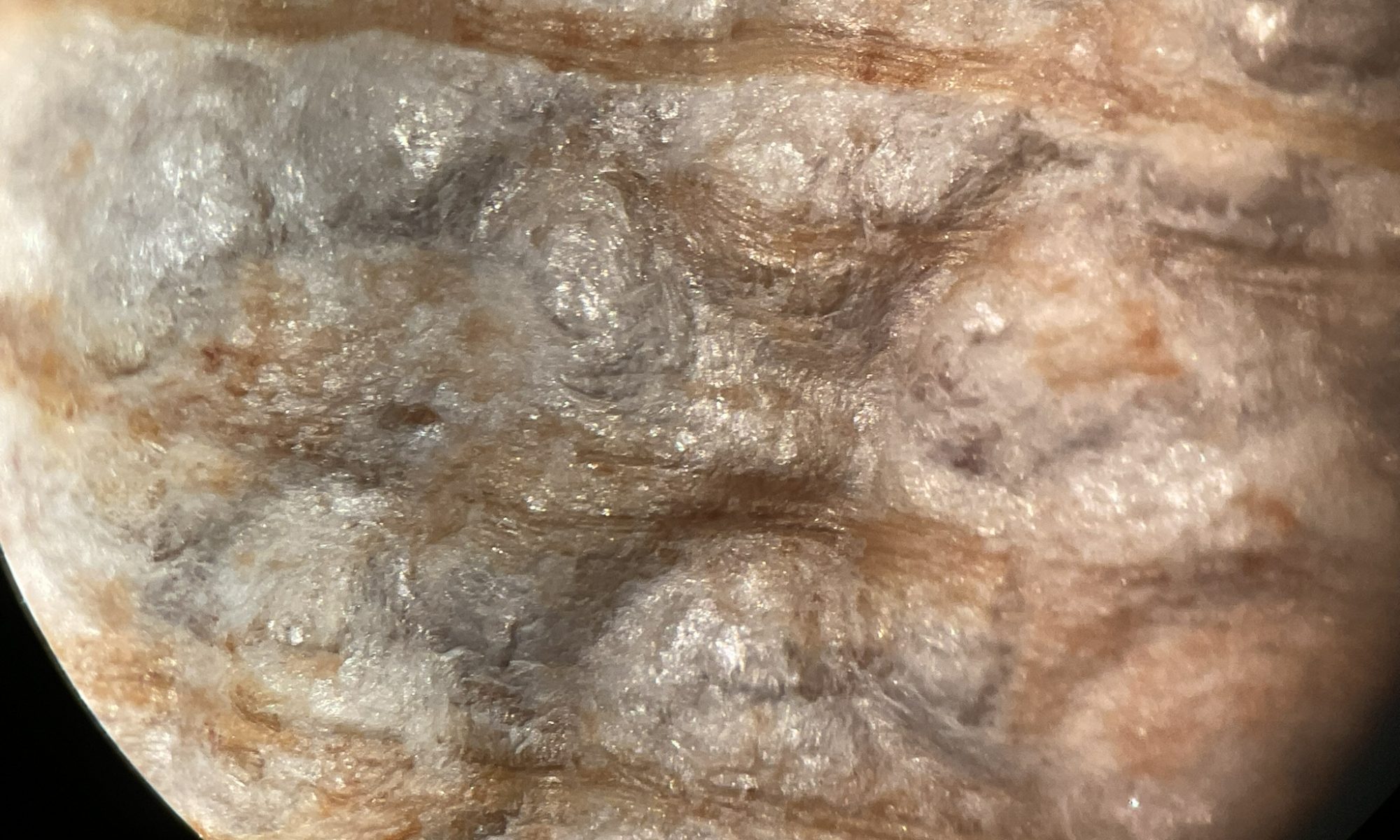























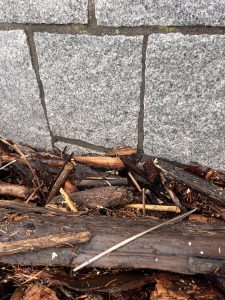
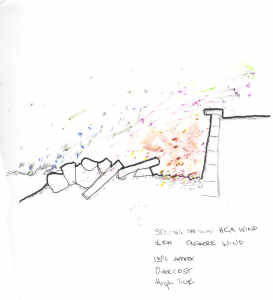
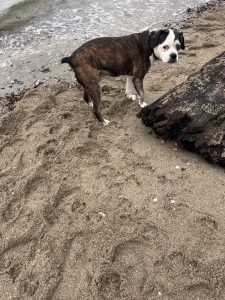


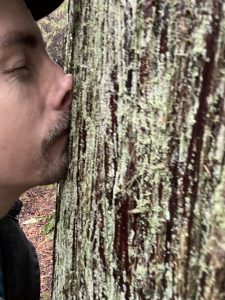



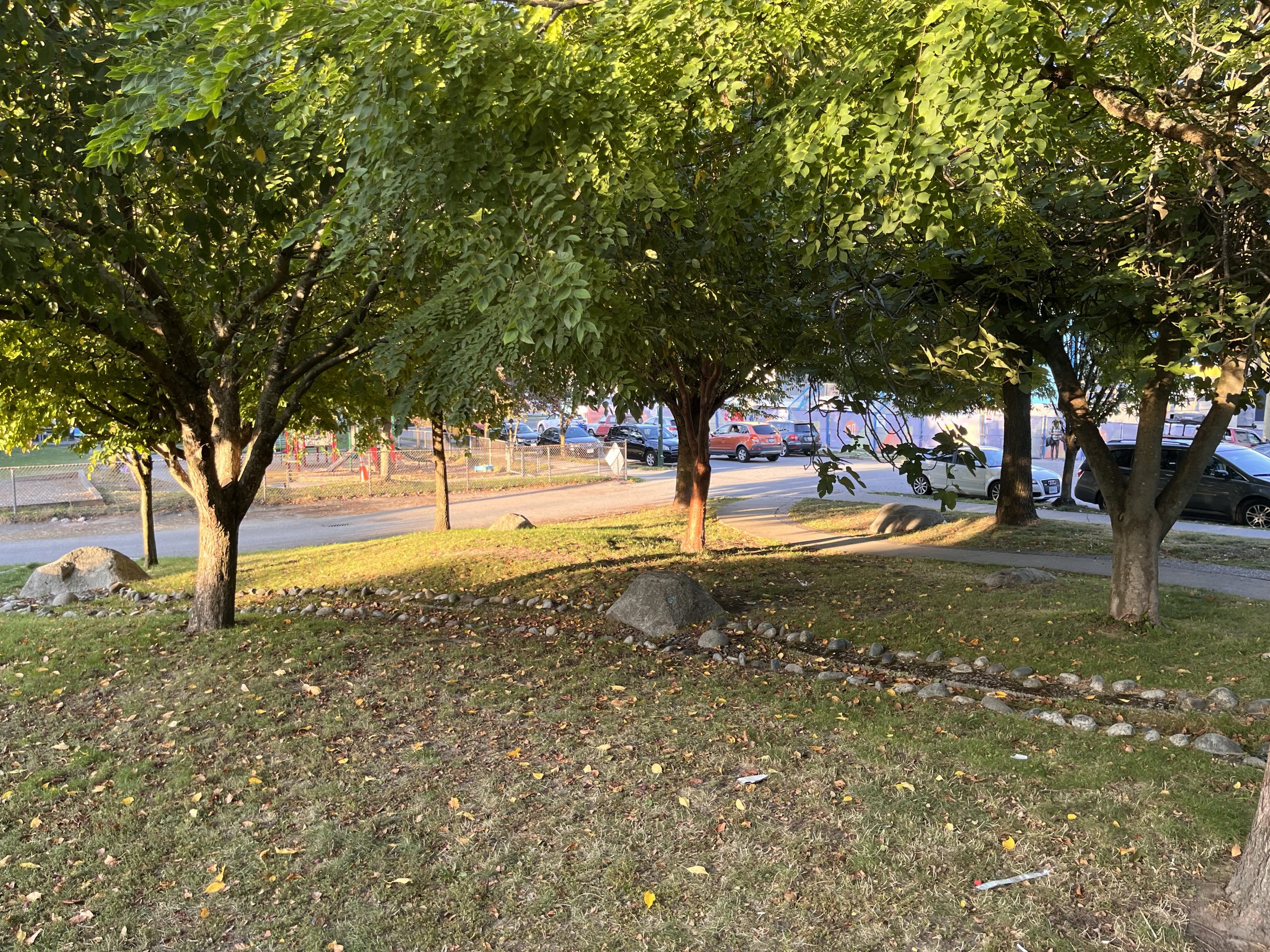



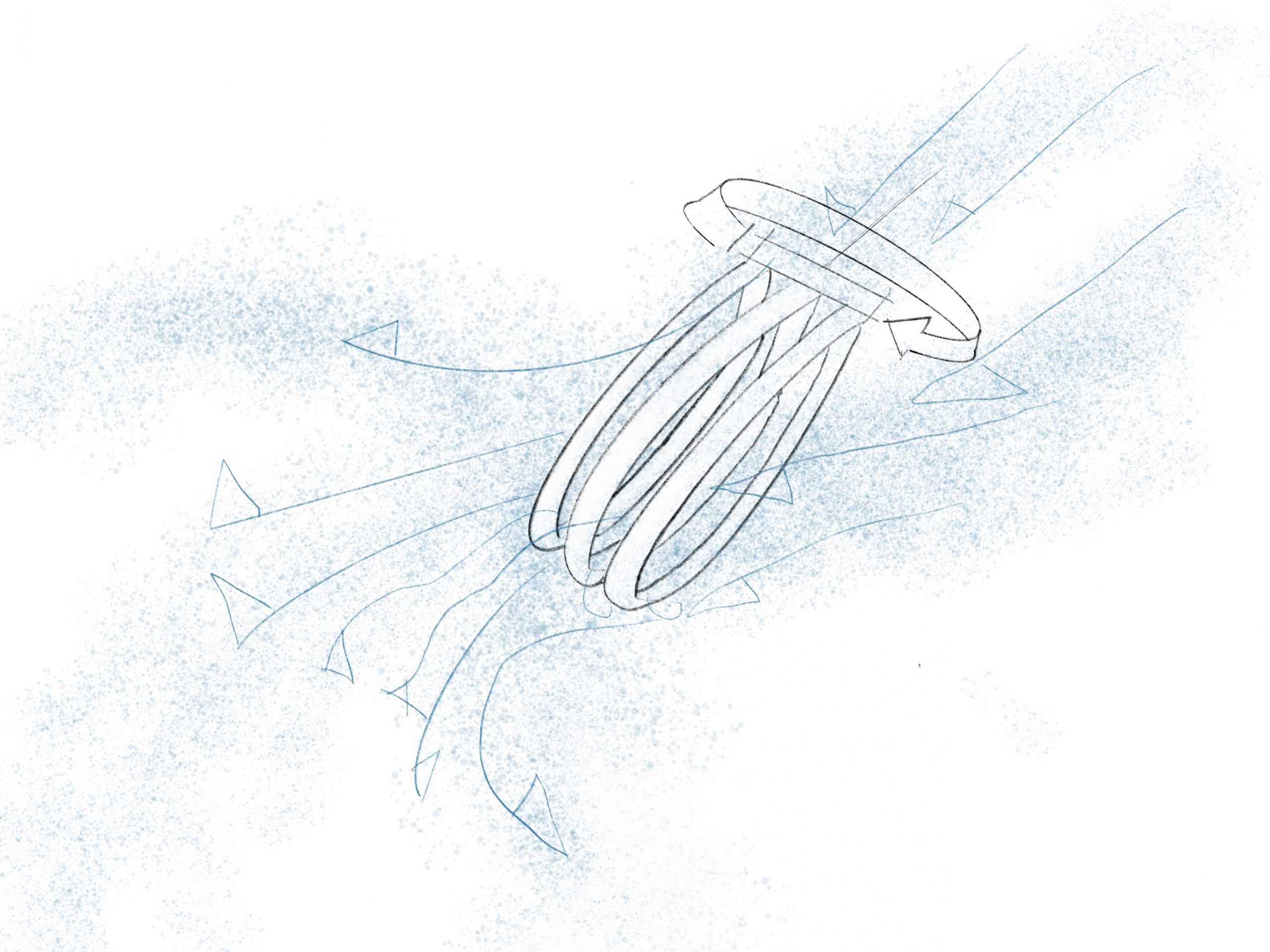
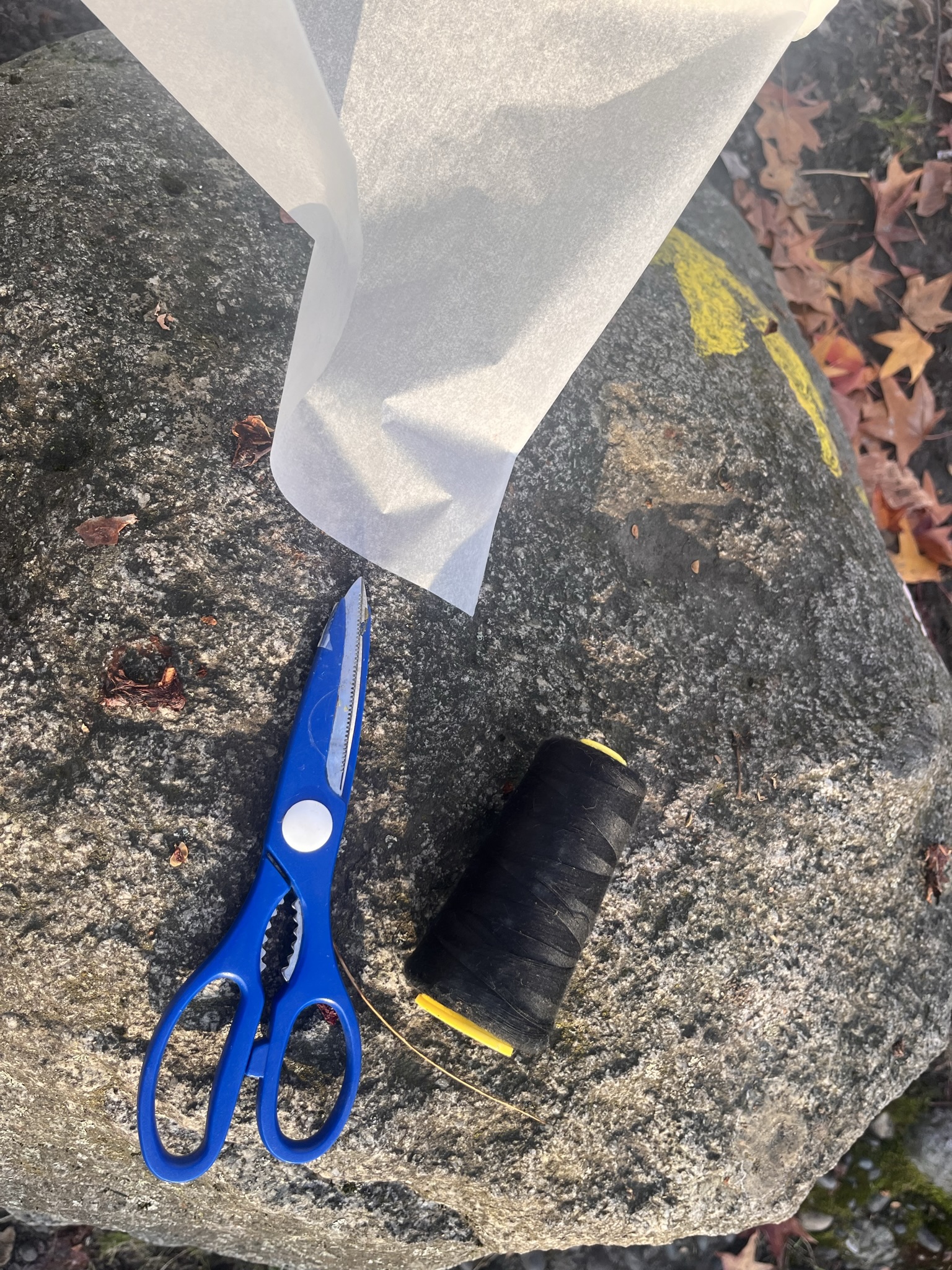

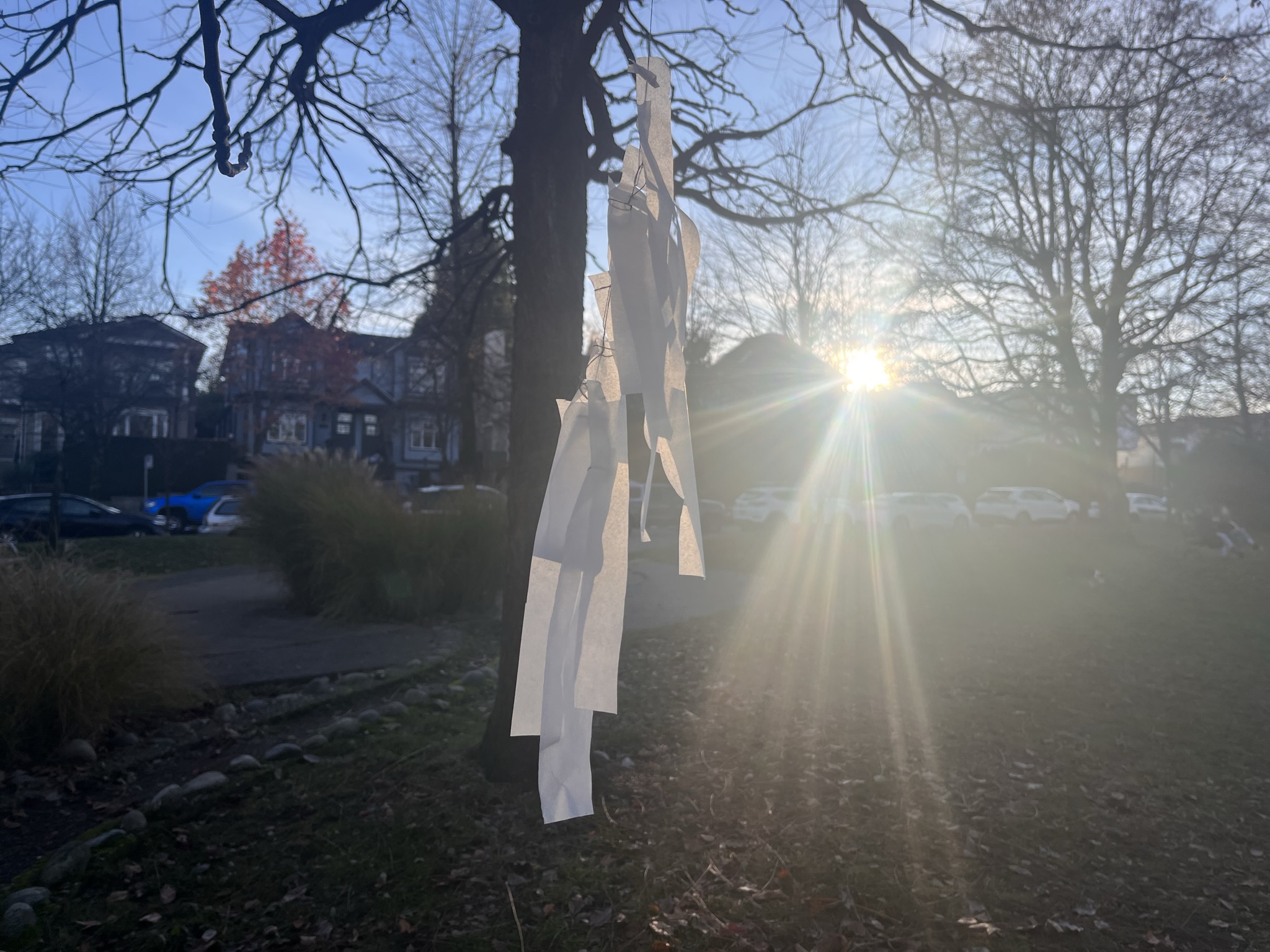



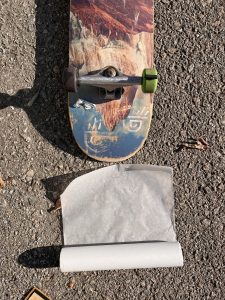
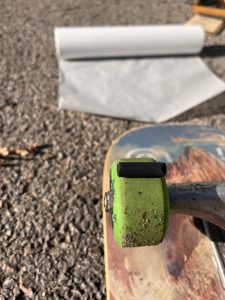


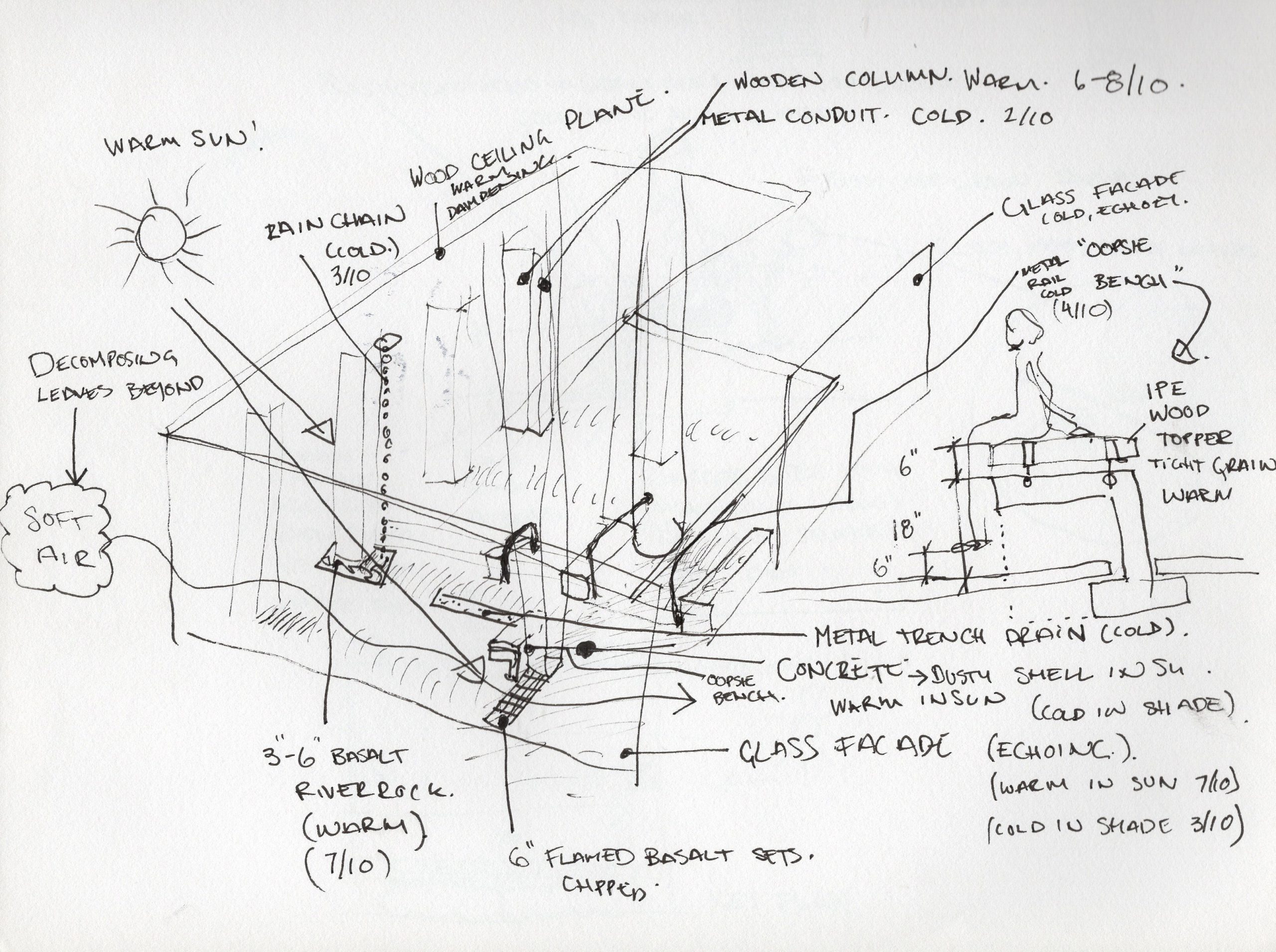
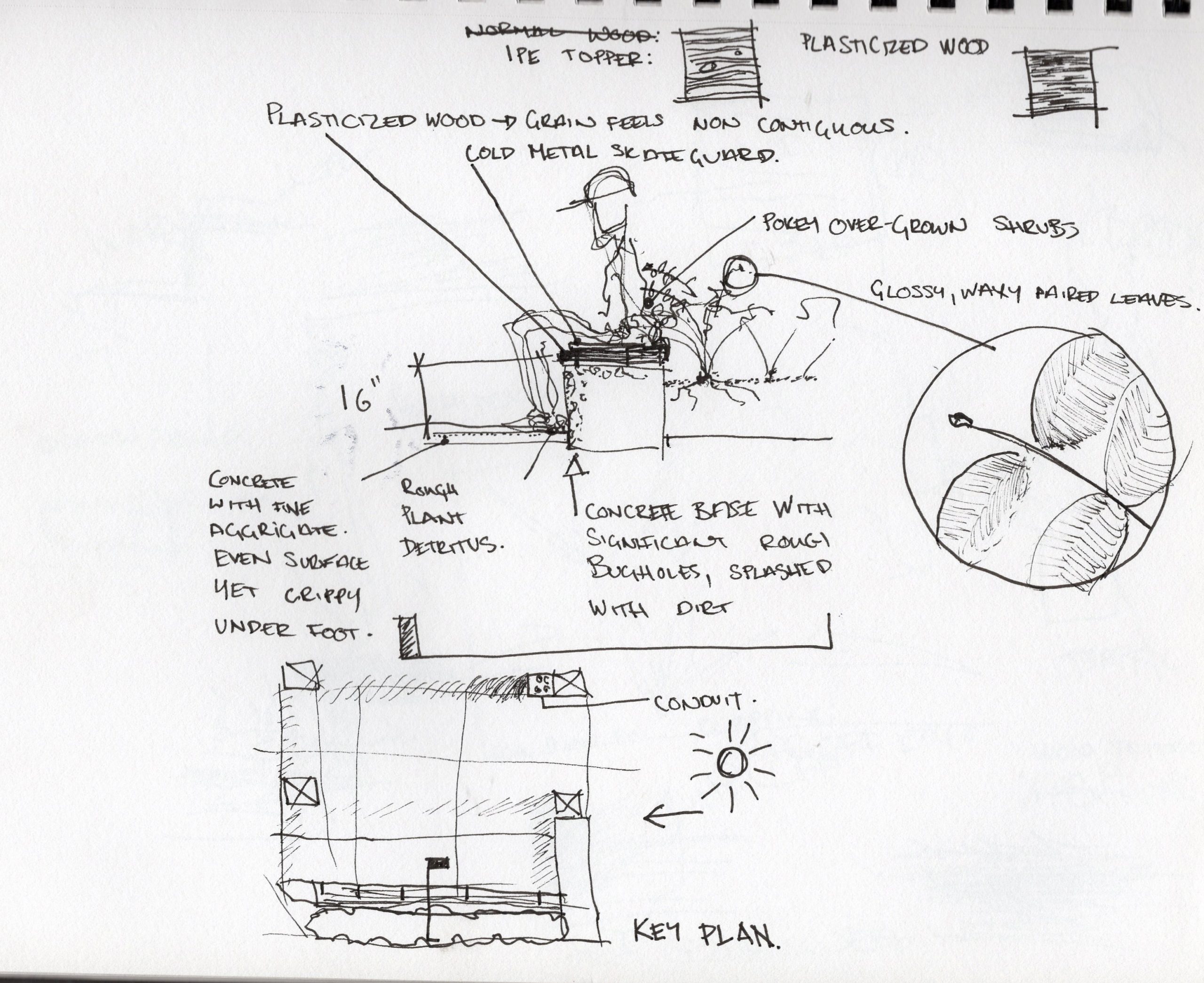
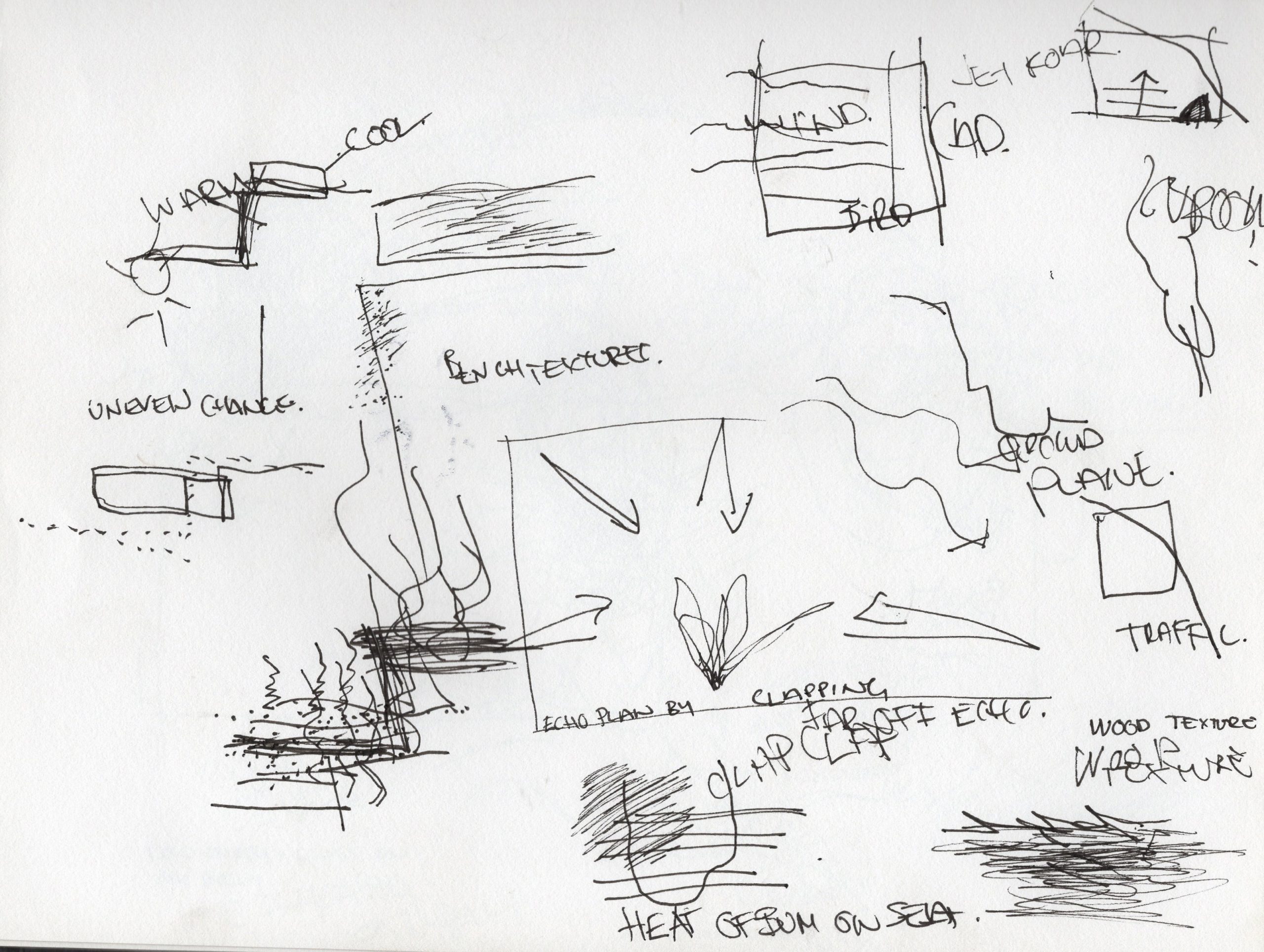

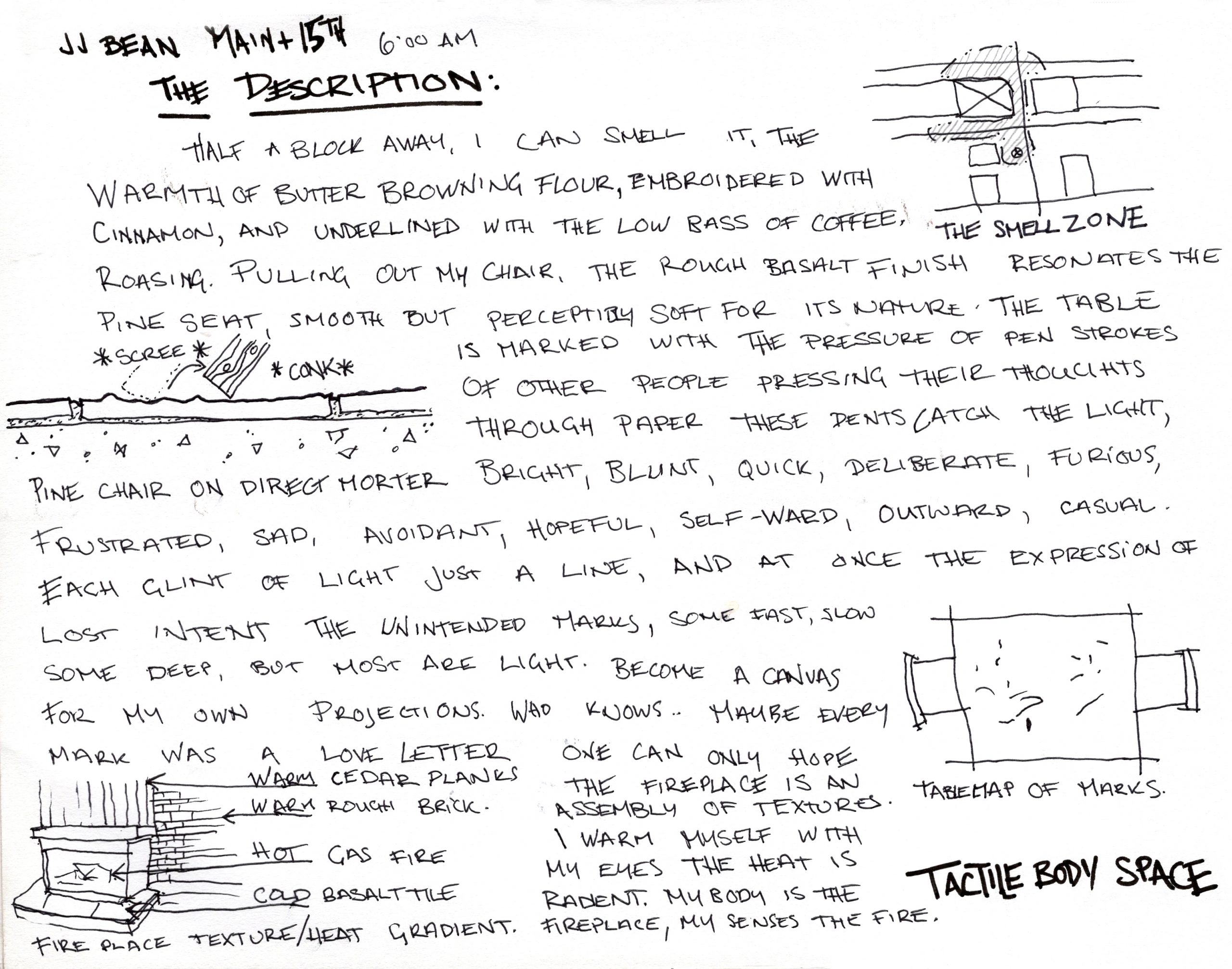
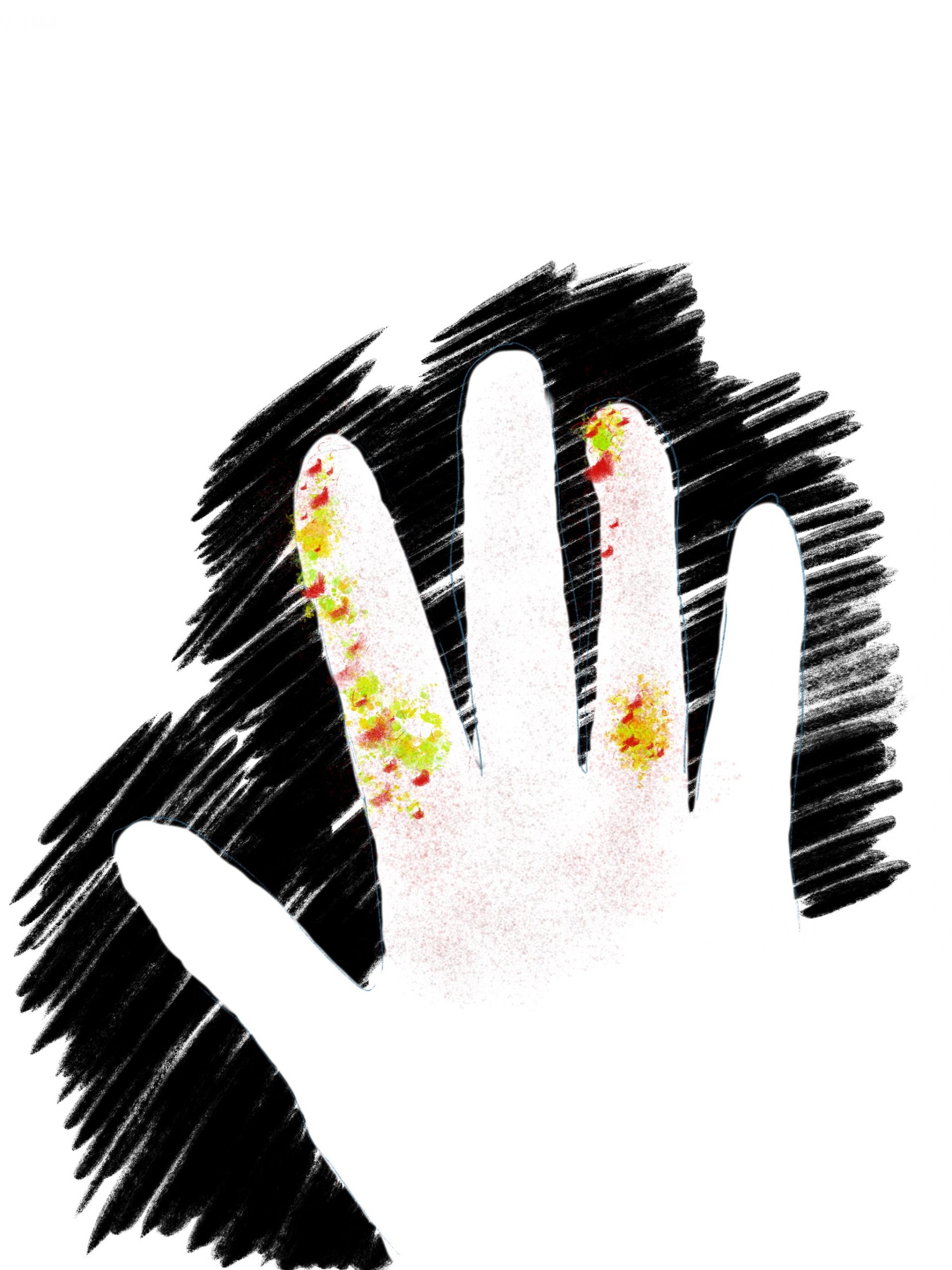 A map of numbness on my dominant hand due to a traumatic injury. I use to love drawing, and stopped after this injury because the pins and needles was too triggering emotionally, and my line had became alien to me.
A map of numbness on my dominant hand due to a traumatic injury. I use to love drawing, and stopped after this injury because the pins and needles was too triggering emotionally, and my line had became alien to me.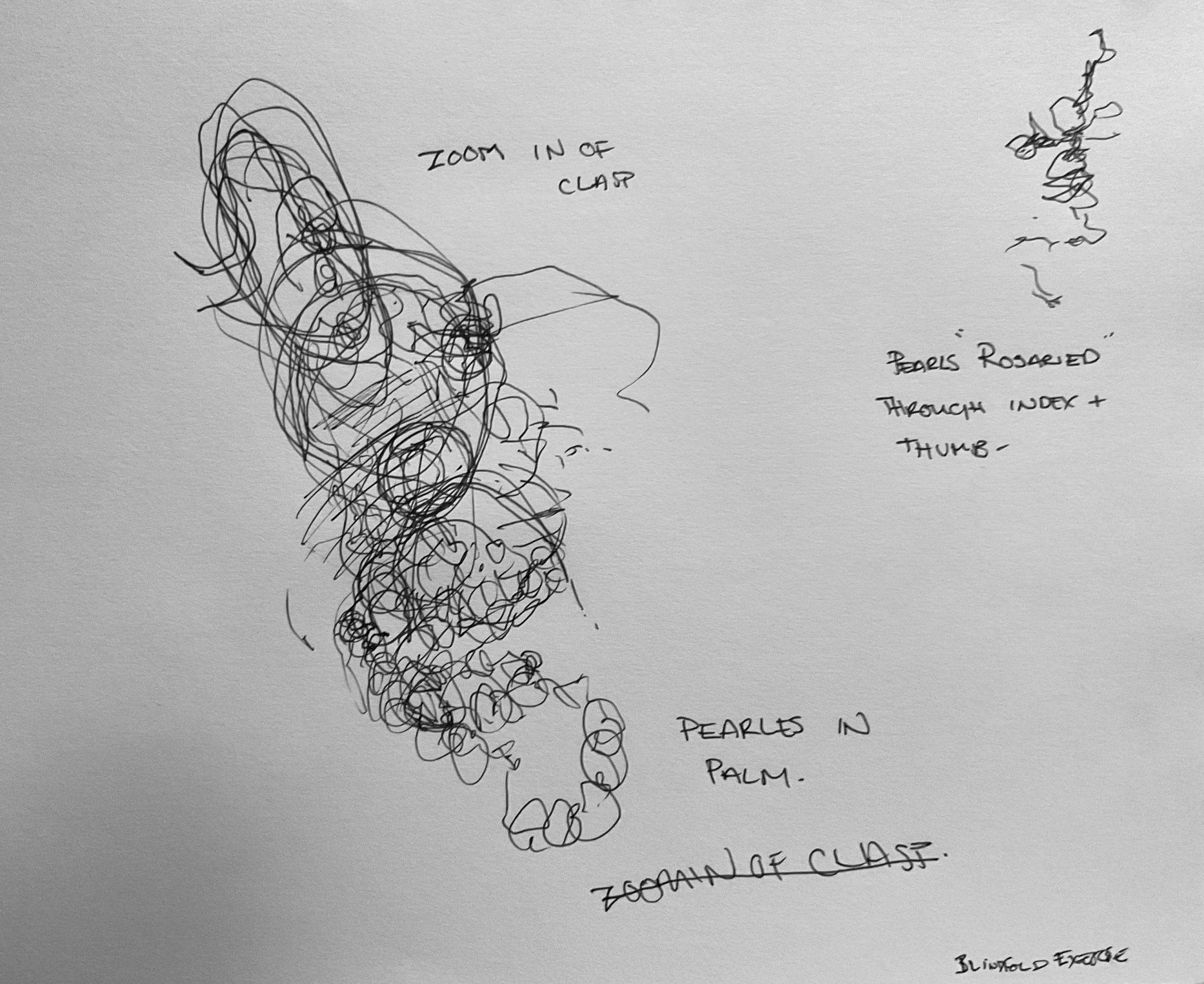
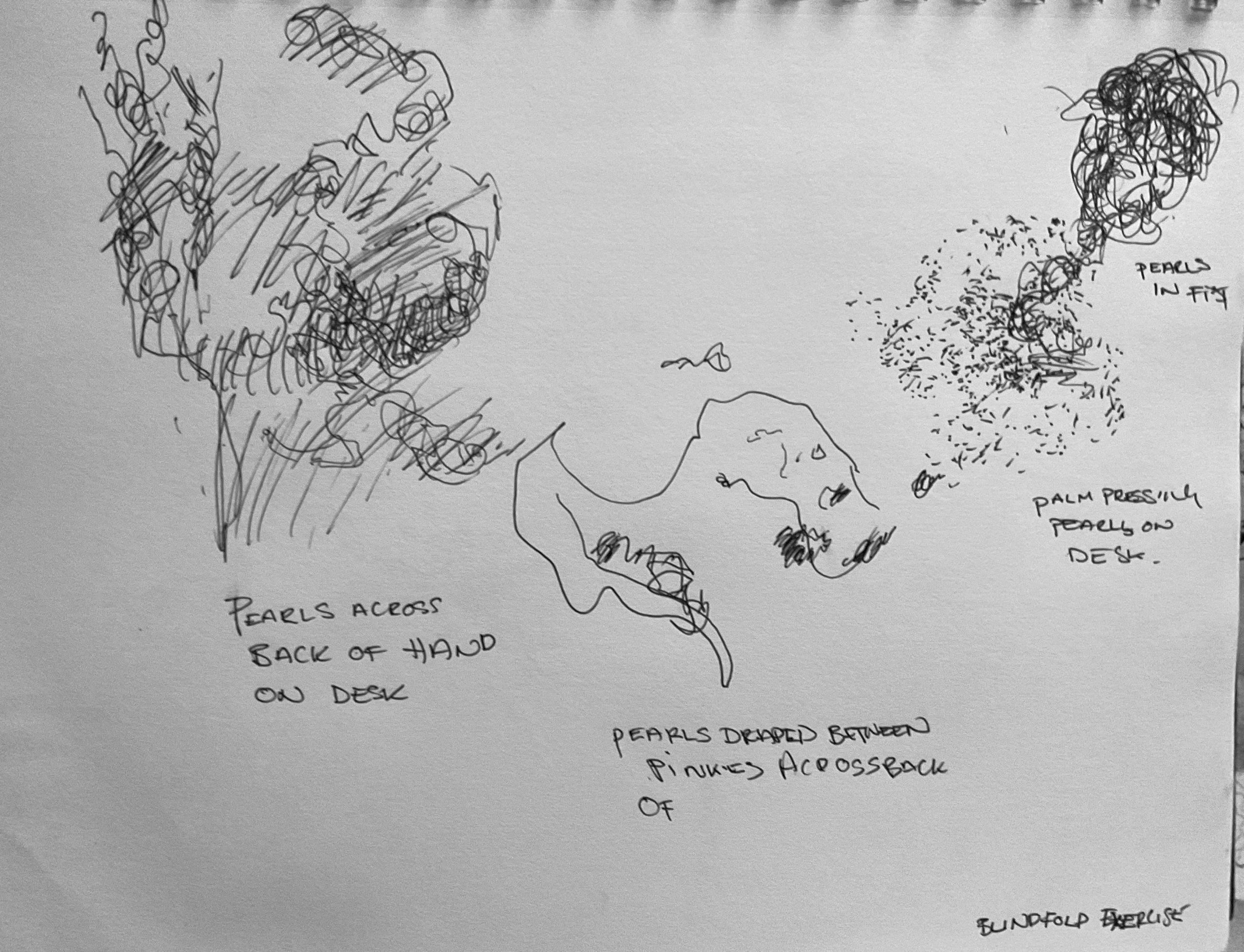
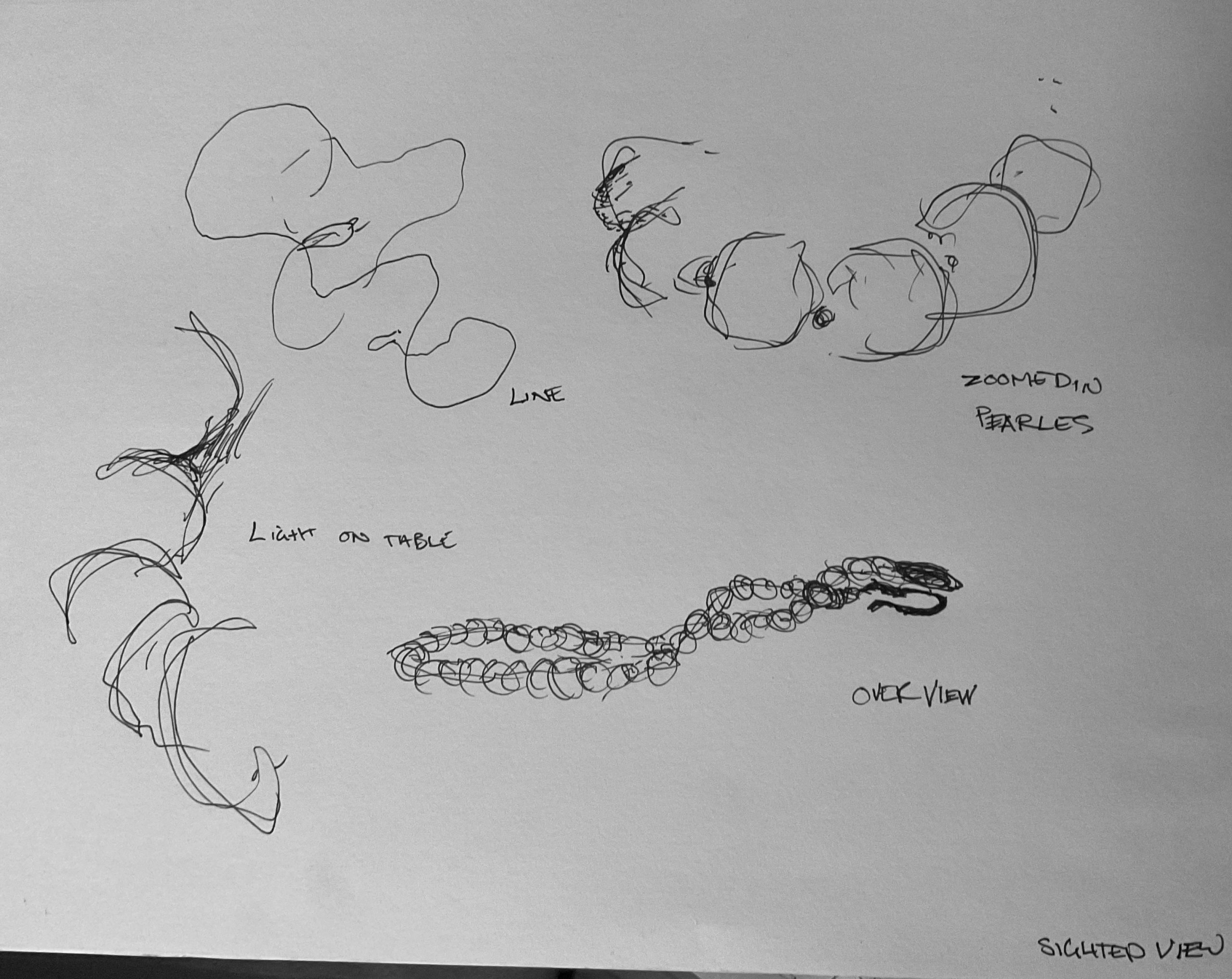

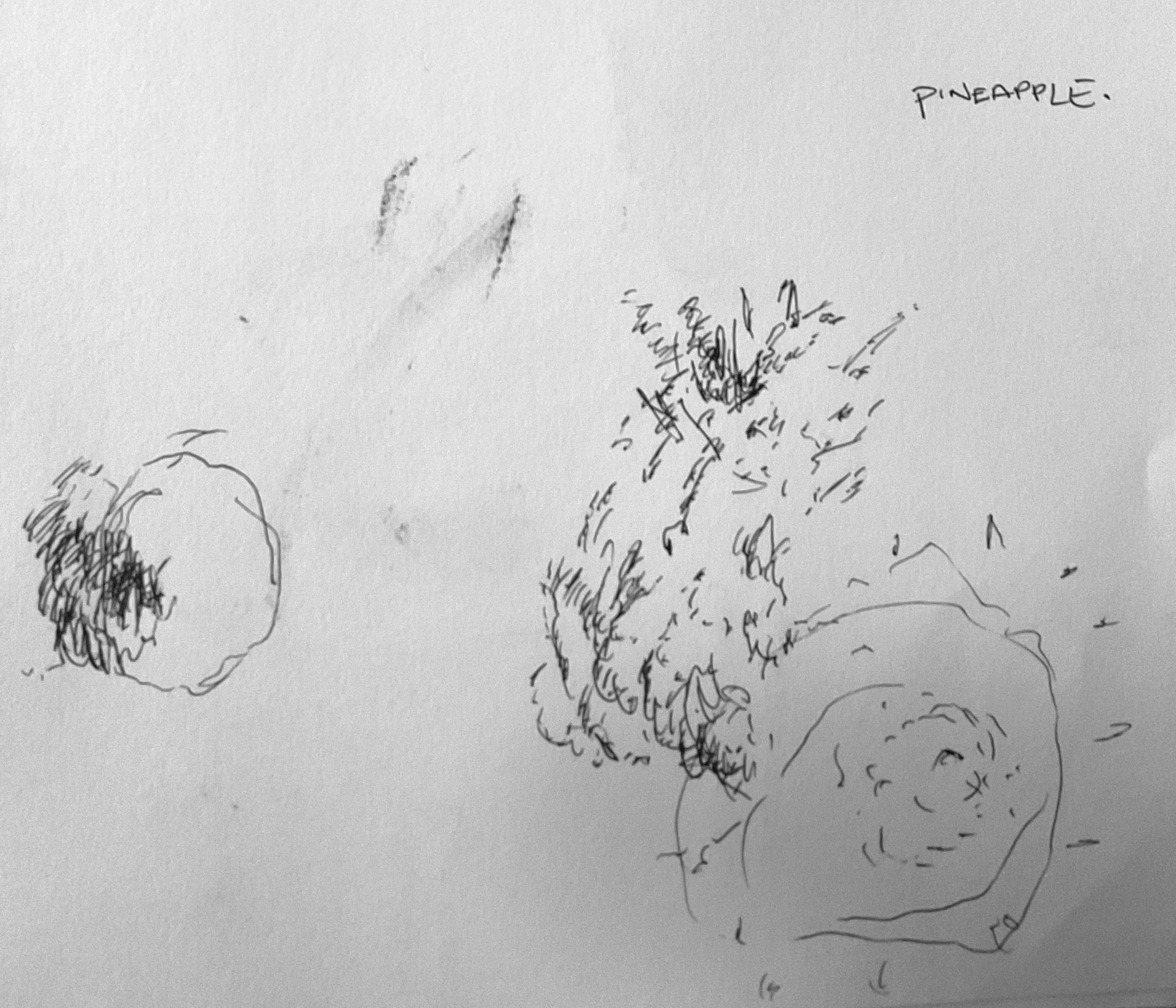 This was an attempt at drawing an object by touch while having a sighted paper. Seemed less about the form of the object, and it became all of a sudden an exercise, once again, about line.
This was an attempt at drawing an object by touch while having a sighted paper. Seemed less about the form of the object, and it became all of a sudden an exercise, once again, about line.



